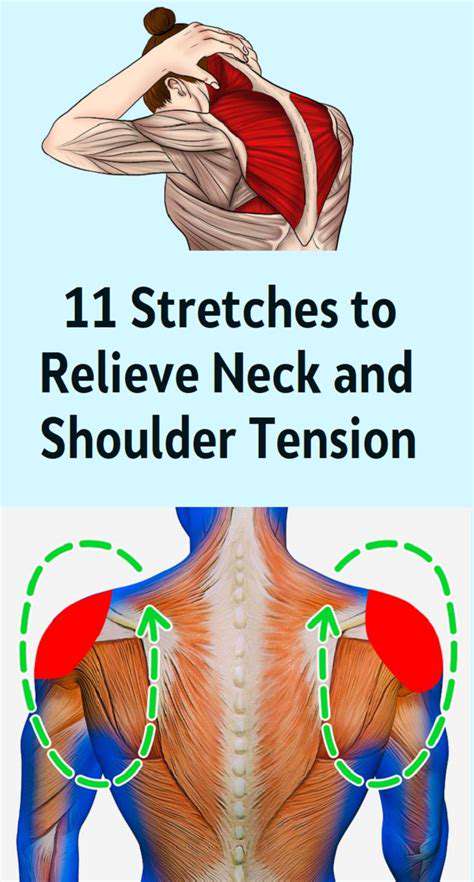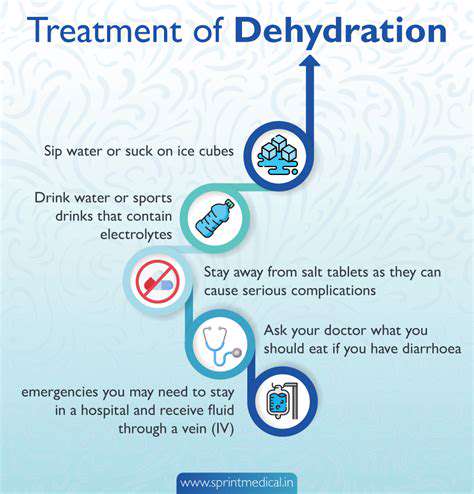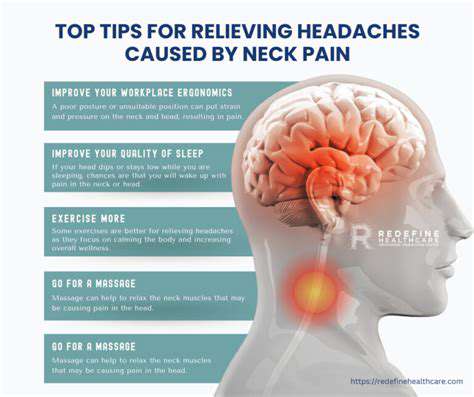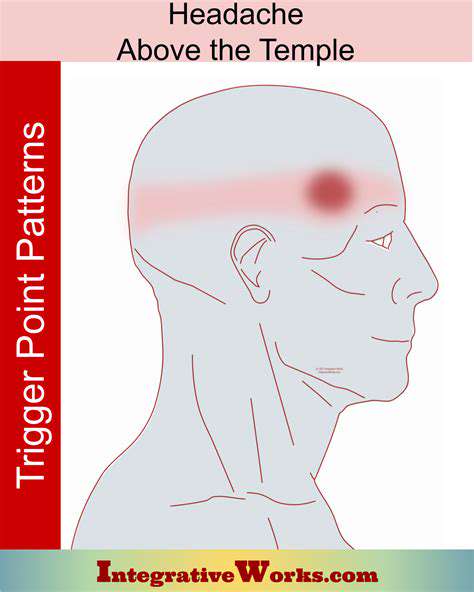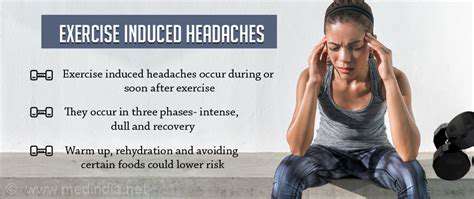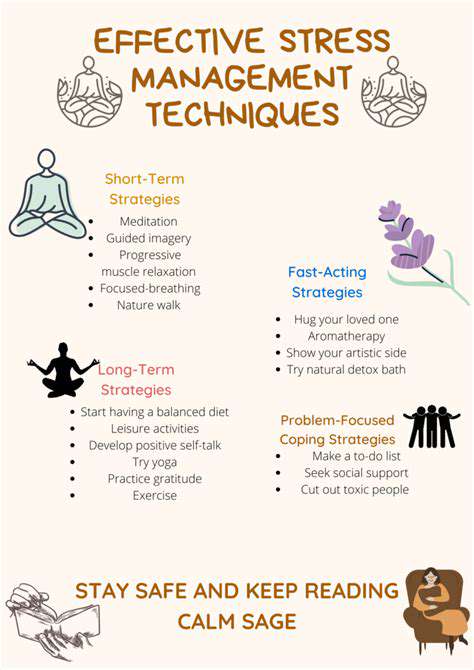Your Comprehensive Guide to Migraine and Headache Well being
Understanding Primary Headaches
When it comes to headaches, not all are created equal. Primary headaches stand apart because they aren't caused by other health problems. These bothersome but usually harmless headaches plague countless people worldwide. The good news? Simple pain relievers and lifestyle tweaks often do the trick. Knowing whether you're dealing with tension headaches, migraines, or cluster headaches makes all the difference in finding relief. Each type has its own telltale signs and triggers - recognizing these can help you stop headaches before they start and handle them better when they strike.
Tension headaches typically feel like a dull, squeezing pressure that wraps around your head. Migraines are a different beast entirely - they often bring throbbing pain focused on one side, along with nausea and extreme sensitivity to light or sound. Cluster headaches, though less common, deliver excruciating pain around one eye, usually with tearing and stuffiness on that side. Spotting these differences helps you choose the right approach for each headache type.
Differentiating Secondary Headaches
Unlike their primary counterparts, secondary headaches signal something else going wrong in your body. The causes range from simple sinus troubles to serious conditions like brain issues. That's why any sudden, severe headache - especially with fever, neck stiffness, or vision changes - needs immediate medical attention. Quick action can catch serious problems early and prevent complications.
Pay special attention to headaches that come on like a thunderclap or bring unusual symptoms. These red flags might point to infections, blood vessel problems, or other concerning conditions. A doctor can sort out whether it's a harmless headache or something needing urgent treatment. Ignoring warning signs could have serious consequences - when in doubt, get it checked out.
Tracking your headaches helps spot patterns. Note when they happen, how long they last, how bad they feel, and any other symptoms. This headache diary becomes gold for your doctor in figuring out what's going on and crafting the right treatment plan.
Here's the bottom line: Primary headaches hurt but usually aren't dangerous, while secondary headaches might signal trouble. Knowing which is which helps you respond appropriately - whether that's reaching for pain relievers or rushing to the doctor. This knowledge puts you in control of your headache management and overall health.
Dietary Strategies for Headache Relief and Prevention
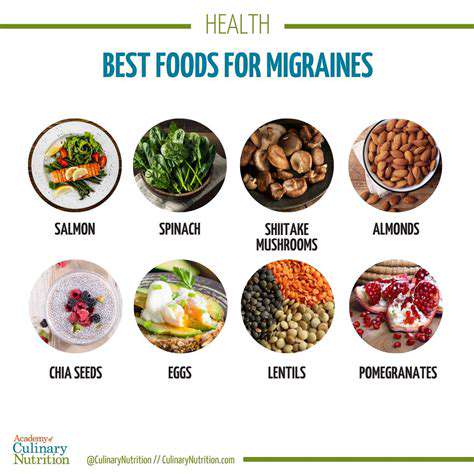
Dietary Triggers for Headaches
Your plate might hold clues to your headache troubles. Some foods and drinks can set off painful reactions in sensitive individuals. Common offenders include aged cheeses, processed meats, fermented foods, alcohol, and even that morning coffee. These items can throw off your body's chemistry, paving the way for headaches.
Discovering your personal triggers takes detective work. Keep a detailed food journal, noting everything you eat and any headaches that follow. Over time, patterns emerge that help you make smarter food choices and dodge headache bullets.
Hydration and Headaches
Water does more than quench thirst - it might prevent headaches too. When you're low on fluids, muscles in your head can tense up, leading to pain. Staying properly hydrated keeps your body running smoothly and helps ward off headaches. Make water your go-to drink, especially when active or in hot weather.
The Role of Sugar in Headaches
That sugar rush comes with consequences. Blood sugar spikes and crashes can trigger pounding headaches in some people. Choosing complex carbs and limiting sweets helps maintain steady blood sugar levels and may prevent headaches. Reach for whole grains, fruits, and veggies instead of sugary snacks for better headache control.
The Impact of Processed Foods
Processed foods pack a double whammy - they're often loaded with headache-triggering additives and lack nutritional value. These artificial ingredients can dehydrate you and spark inflammation. Swapping processed items for fresh, whole foods may significantly cut your headache risk. Your body will thank you in more ways than one.
Caffeine and its Influence
Caffeine walks a fine line - it can relieve headaches for some but cause them for others. Going overboard or suddenly quitting can trigger painful withdrawal symptoms. If caffeine's giving you trouble, try cutting back gradually rather than going cold turkey. Also watch when you consume it, as late-day caffeine might disrupt sleep and lead to next-day headaches.
The Effect of Stress on Diet and Headaches
Stress wreaks havoc on eating habits, often sending us toward unhealthy comfort foods or causing skipped meals. These dietary rollercoasters can directly contribute to headache misery. Finding healthy stress outlets - like exercise, deep breathing, or hobbies - creates a positive ripple effect on both your diet and headache frequency.
Nutritional Deficiencies and Headaches
Missing key nutrients might be feeding your headaches. Magnesium and B vitamins play crucial roles in nerve function, and shortages can trigger pain. A varied diet rich in whole foods helps ensure you get these headache-fighting nutrients. If you suspect deficiencies, a healthcare provider can check your levels and recommend appropriate supplements if needed.
Sleep apnea disrupts breathing during sleep, often marked by loud snoring, gasping episodes, and daytime exhaustion. Left untreated, these symptoms can lead to serious health complications.
Stress Management Techniques for Headache Relief
Identifying Headache Triggers
Getting to know your headache triggers is half the battle. Keep a detailed log noting when headaches strike, how intense they are, what you were doing, and how you felt beforehand. Common culprits include certain foods, skipped meals, poor sleep, or stressful situations. Spotting these patterns lets you take preventive action before headaches start.
For example, if work stress consistently precedes headaches, try breaking tasks into smaller steps, setting realistic deadlines, or practicing quick stress-relief techniques during tense moments.
Mindfulness and Meditation
Quieting your mind can quiet headache pain too. Mindfulness teaches you to observe thoughts and sensations without judgment, creating space between you and stress. Even brief daily meditation sessions can rewire your brain's stress response, making you less headache-prone. Numerous apps offer guided meditations tailored for headache relief - experiment to find what works for you.
Progressive Muscle Relaxation
This simple yet powerful technique helps melt away tension that fuels headaches. Systematically tense then relax each muscle group, starting with your forehead and working down. The contrast between tension and relaxation teaches your body to recognize and release stress. With practice, you'll catch tension building before it triggers a headache.
Healthy Diet and Hydration
What you eat and drink directly impacts headache risk. A diet rich in whole foods provides nutrients that support brain health while avoiding common headache triggers. Don't underestimate hydration - even mild dehydration can spark headaches. Carry a water bottle and sip throughout the day, especially if you're active or in hot environments.
Physical Activity and Exercise
Movement is medicine for headache sufferers. Exercise releases natural painkillers (endorphins) and helps manage stress - two major headache fighters. Find activities you enjoy, whether yoga, swimming, or dancing, and aim for 30 minutes most days. Consistency matters more than intensity when it comes to headache prevention.
Stress Management Techniques for Headache Relief
Building a stress-busting toolkit gives you multiple ways to short-circuit headaches. Deep breathing, visualization, or simply stepping outside for fresh air can diffuse tension before it escalates. Experiment to discover which techniques work best for you in different situations. Having options ensures you're never stuck without relief.
Seeking Professional Guidance
If headaches disrupt your life despite self-care efforts, don't hesitate to seek help. A doctor can check for underlying issues and recommend treatments tailored to your specific headaches. Be prepared to share your headache diary and describe your symptoms in detail - this information guides proper diagnosis and treatment. With professional support, even stubborn headaches often improve.
